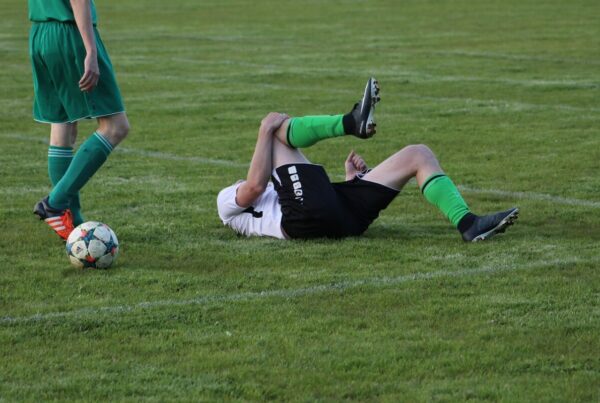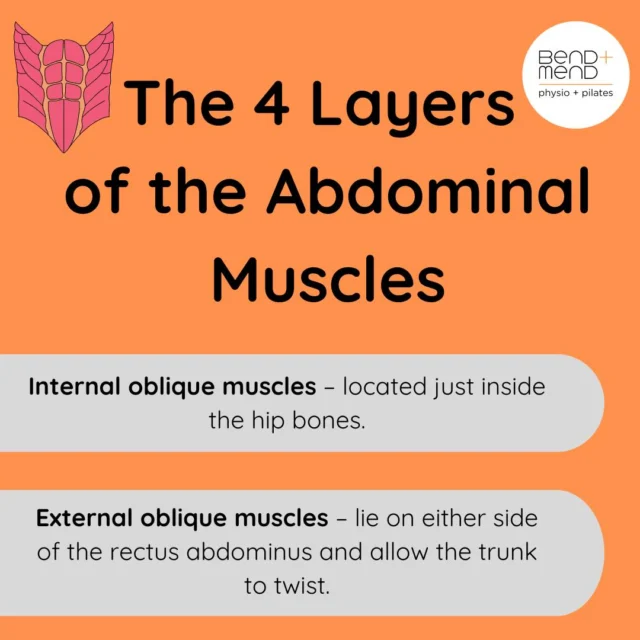Most of us love playing sport or engaging in some form of physical activity, but I’m sure we can all agree nobody likes being injured while doing so. It’s painful, can become expensive and may put you out of action for some time causing you to loose those all important health benefits you started the sport/activity for in the first place. So how can we best prevent a sports injury?
A 2014 systematic review and meta-analysis of randomised controlled trials by Lauerson et al looked into the effectiveness of different exercise interventions to prevent sports injuries. They investigated the effect of strength training, stretching, proprioception (balance training) and multiple exposure training (a combination of all the above), to ascertain their effectives in reducing acute and overuse injuries. The study included 25 trials with 26 610 participants in total, of which had 3464 common sports injuries of varying degrees.
Researchers found that stretching provided no beneficial effect in reducing sports injuries, whereas multiple exposure programs, proprioception training, and strength training in that ascending order, showed an increasing affect in the prevention of sports injuries. Strength training reduced acute sports injuries to less than a third and overuse injuries could almost be halved. This information may be surprising for some and not at all surprising for others. A common example of this I see all to often would be an over 50’s soccer player who hasn’t exercised since last season and statically stretches their hamstrings without any other warm up, then does a maximum effort sprint for the ball and subsequently tears their hamstring muscle.
Poor old stretching gets a pretty bad wrap in the physio world these days, but lets make sure to differentiate between what type of stretching we are referring to. The included studies in the meta analysis referred to static stretching eg holding a hamstring stretch for 60 secs without changing position. Dynamic stretching, on the other hand involves movement while stretching, for example, leg swings. This form of stretching shows much better results in regards to injury prevention especially when it mimics the sport or activity. Better yet is eccentric lengthening – a form of strength training that promotes lasting fascicle (muscle fibres and connective tissue) lengthening, for example, during a calf raise off a step with added weight, after the top position slowly lowering (>3 secs) your heels towards the ground to full end range of motion. Eccentric training has been shown to decrease injury risk while increasing muscle fascicle length, hitting two birds with one stone, too good to be true! Just keep in mind if you haven’t tried eccentric training before be prepared for some serious DOMS (delayed onset muscle soreness), like all new forms of exercise this will decrease overtime with repeated exposure.
So as a summary, all forms of strength training will decrease your risk of injury however you may want to try eccentric training for the added bonus of ‘lengthening while strengthening’. Proprioceptive training should be a staple for all athletes and if you want to incorporate static stretching there are better suited times for it such as as a cool down post exercise, not before a 100m sprint or max 1RM bench press.
References:
Lauersen JB, Bertelsen DM, Andersen LB The effectiveness of exercise interventions to prevent sports injuries: a systematic review and meta-analysis of randomised controlled trials British Journal of Sports Medicine 2014;48:871-877.







